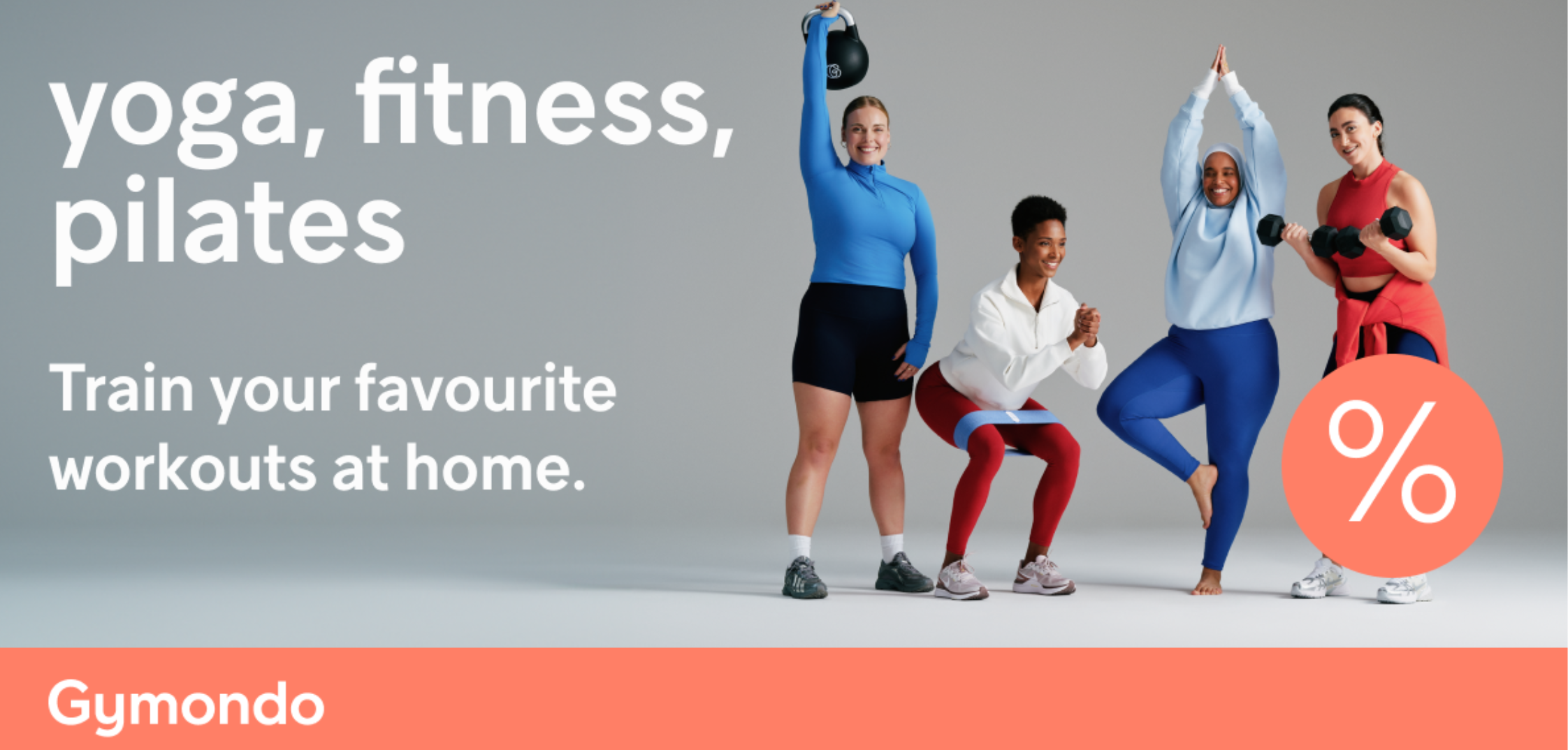Nope, those 3 protein shakes a day aren’t needed!

You don’t have to be a bodybuilder to know that muscle is important for your overall health. Not only are there aesthetic benefits, but your clothes will fit better and you’ll have way more energy.
But what you do before, during and after your training session is vital. Here is everything you need to know about building muscle naturally and safely.
What’s Muscle Hypertrophy?

Muscle hypertrophy is the increase in muscle mass through resistance training. When you’re lifting heavier weights for 8 to 12 reps, you’ve entered the hypertrophy phase. Anything over 12 reps builds muscle endurance.
Because muscle is metabolically active tissue, it burns more fat. So, the more muscle you have, the faster your metabolism and the more fat you burn.
Related: Should Women Work out Differently Than Men?
Why Is Progressive Overload So Important?

Over time, your body adjusts to the demands of your training sessions, which may result in a workout plateau. To continuously improve performance over time and keep from hitting a plateau, you must continually push yourself harder.
By definition, progressive overload is when you gradually increase the weight, number of repetitions, frequency or intensity of your training sessions.
It’s important to note that the longer you’ve been training, the harder it is to make gains. While fitness newbies might see significant results within the first few months of training, a seasoned gym enthusiast won’t progress as quickly.
Related: 5 Ways to Break Through a Workout Plateau
5 Principles of Building Muscle

#1: Maximize Muscle-Building Potential
The more protein your body stores—a process known as protein synthesis—the larger your muscles grow. Unfortunately, your body is constantly draining its protein reserves for other uses, like producing hormones.
The result? Less available protein for muscle-building.
To counteract this, you must build and store protein faster than your body breaks it down.
According to the American College of Sports Medicine, the optimal daily protein intake for active adults and athletes is 1.2 to 2 grams per kilogram body weight.
This means, a 140-pound active adult should intake anywhere from 70 to 126 grams of protein per day.
#2: Work Multiple Muscle Groups at Once

Sure, bicep curls are fun! But if you truly want to build muscle, you’ll want to challenge more than one muscle group. Working through multi-joint movements is key to developing muscle mass.
So, replace isolated exercises like bicep curls and tricep kickbacks with squats, deadlifts, push-ups and bench presses. All of these moves stimulate multiple muscle groups at once.
#3: Get Enough Rest
You may not realize this, but when you’re sleeping, your muscles are growing. Why? During sleep, muscle-growth hormones are secreted.
Ideally, you’ll want to shoot for 8 hours of sleep. While this is sometimes hard, try to go to bed at the same time each night and wake up at the same time each morning.
If you struggle with sleep, make sure your bedroom is fully dark, quiet and cool. These little things help optimize sleep quality.
#4: Train Heavy

If you want to build muscle and strength, you must train heavy. While high-rep sets have value, don’t be afraid to do 8 reps for heavier squat, bench press and deadlift days.
As you progress through your resistance training journey, your new strength will allow you to lift heavier weights for more reps.
And no, lifting heavy weights will not make you bulky. An increase in body fat is what will make you bulky. Remember, the more muscle you have, the more fat you’ll burn!
#5: Don’t Go Hard Every Day
Your body needs proper rest and recovery to continually make gains. While you should move every day in some way, it doesn’t mean you should pump iron each day or work out to exhaustion.
Your goal? Aim to finish each workout feeling good, not dead.
Limit those hard-hitting workouts to 2-3 times per week—never back-to-back. Mix in HIIT, cardio, Pilates or yoga on your lighter days. Or simply get outside and go for a long walk.
Training hard all the time is counterproductive and may lead to muscle loss, not gain.
Start 7 days free and explore 100s of strength training workouts using dumbbells or your own body weight in the Gymondo app.




Kommentar schreiben